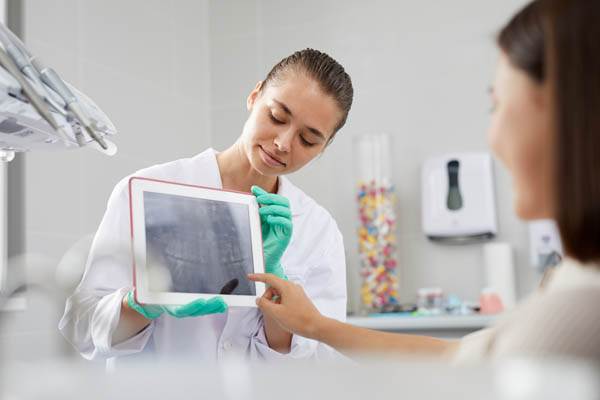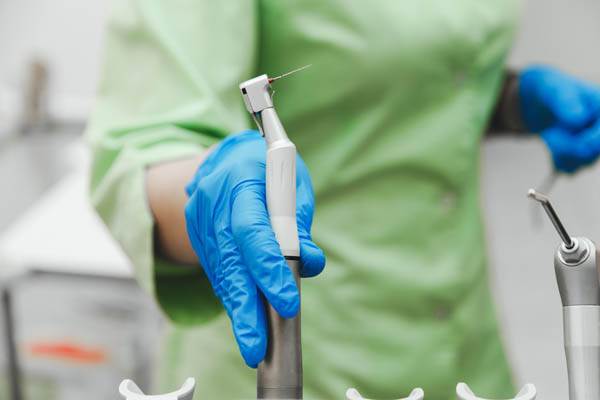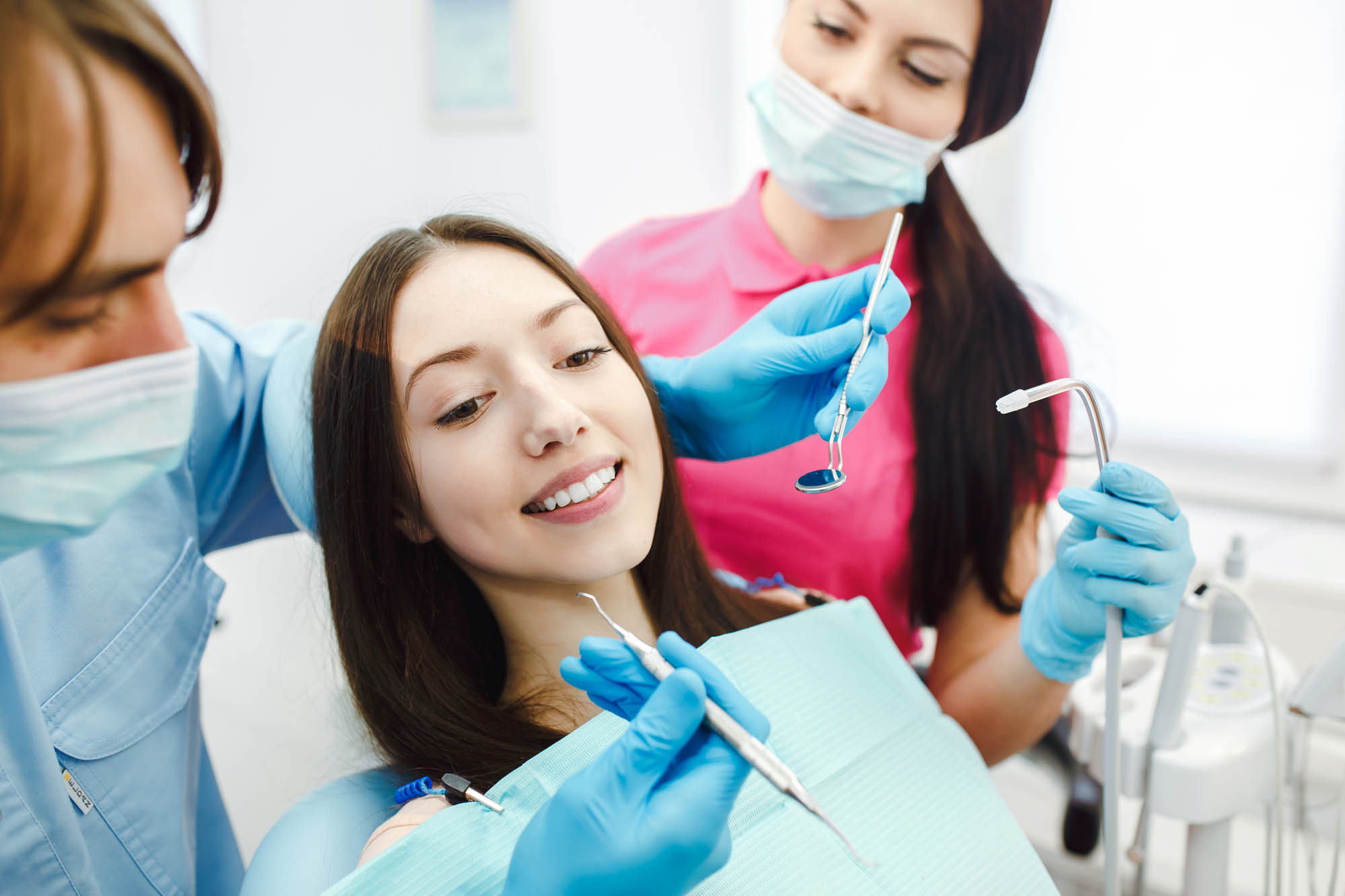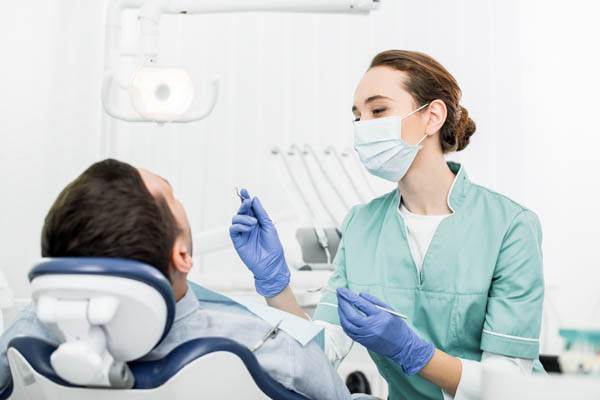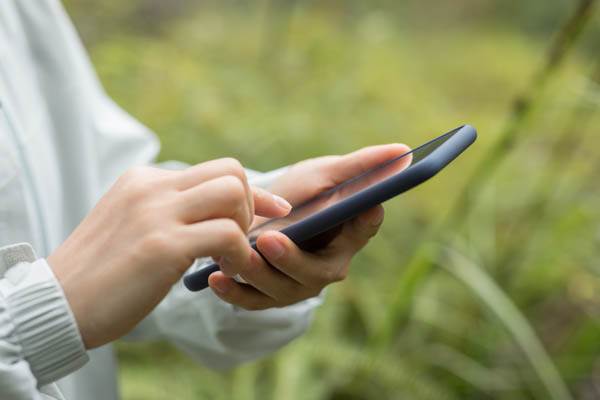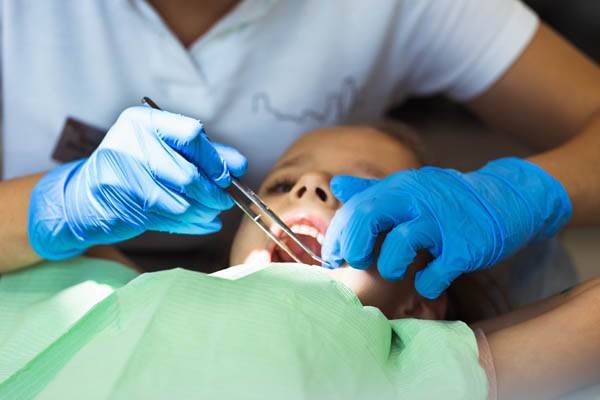Dental X-Rays
Look at the parts of your teeth, which are not visible in the mouth.
What are dental X-rays?
Dental X-rays or dental radiographs are black and white images of the teeth and surrounding areas. Dentists routinely use X-rays in the dental office for diagnosis and treatment planning.
At our practice, we use modern Digital X-ray sensors which require very small radiation doses to help diagnose dental problems during a dental checkup. Digital X-rays require lower radiation exposure than conventional Film X-rays.
A dentist can look at the health of the teeth, gums, jawbones, and other areas in the mouth using a dental X-ray. We can see issues like cavities (tooth decay), bone loss, gum disease, and even tumours on a dental x-ray. Dental X-rays allow us to visualize conditions that are not apparent otherwise.
what x-rays aid with?
Aid the diagnosis of dental problems and their treatment planning.
Help monitor if a treatment is working or not.
Help evaluate injuries to the teeth and surrounding structures.
Detect developmental issues in growing children.

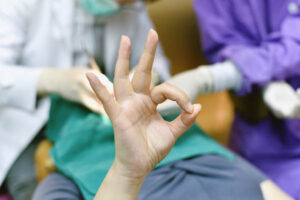
Anybody can get a dental X-ray done. Although patients are exposed to some extent of radiation when capturing X-rays, the amount is so minuscule; it is almost negligible.
At our clinic, we always take proper precautions to ensure that the procedure is carried out safely and at minimal risk to our patients:
- The thyroid gland is the most radio-sensitive part of the body, and we use thyroid collars to protect it from radiation. Repeated radiation to the thyroid may lead to thyroid cancer or damage to thyroid function, resulting in hypothyroidism.
- Pregnant women should avoid dental X-rays whenever possible because the X-ray machines’ radiation can cause developmental problems in the baby. If you are pregnant and taking dental X-rays is necessary, you must wear a full-body lead apron and thyroid collar to protect yourself and the baby.
Several types of dental X-rays can be taken at the dental clinic, depending on your requirement. The broadest classification is intraoral and extraoral X-rays.
- Intra-oral X-rays are used to detect problems inside the mouth; hence the X-ray sensor is placed inside the mouth. Examples of some intraoral dental X-rays are Periapical (IOPA), Bitewing and Occlusal X-rays.
- Periapical(IOPA) – These are the most common types of dental X-rays taken at the dental clinic. . They are used to detect individual teeth problems.
- Bitewing- This type of X-ray is generally used to check for tooth decay and cavities between the teeth, and to see the level of the bone surrounding these teeth. In this, we can only see the crowns of the teeth and not the roots.
- Occlusal- These intraoral X-rays can record all the front teeth in a single arch (either the upper or the lower). It’s used to detect problems in either the roof or floor of the mouth.
- Extra-oral X-rays focus on capturing structures outside the mouth, such as the jawbones, sinuses and facial bones. The X-ray sensor is placed outside the mouth. An example of such an X-ray is a Panoramic or OPG.
- Panoramic (OPG) – A full mouth dental X-ray in which all the 32 teeth, with their crowns, roots and associated structures, can be seen. We can also view the Jawbones and facial bones in this type of dental X-ray. Hence, it is instrumental in detecting bone problems such as cysts, abscesses, tumours or fractures. This is a very useful X-ray for assessing “Wisdom” teeth.
After performing the basic dental checkup, the dentist will recommend an X-ray to confirm a diagnosis or see structures not seen in the mouth. There’s not much preparation you need to do before taking an X-ray.
Dental x-rays explained
What are dental X-rays used for?
Dental X-rays are used for a variety of things:
- Dentists can visualize typical dental structures like teeth, gums, jawbone, facial bones, sinuses, unerupted teeth, etc. The dentist will note any changes or abnormalities seen in these structures. We can also visualize dental issues like tooth decay, gum disease, bone destruction, cysts and abscesses in dental X-rays
- In children, dentists use dental X-rays to monitor and guide the growth of their teeth and jawbones. Early detection prevents abnormalities from developing in the future.
- We can check if there is enough space in the jawbone to accommodate the incoming teeth too.
- Your dentist can review the health of your teeth, gums and bone before the placement of crowns, fillings, implants, braces and even dentures.
- Dentists can use dental X-rays to monitor the treatment process over a while and check if the treatment is working. They can check dental fillings, crowns, implants, and root canal treatments.
Why dental X-rays are important?
Dental X-rays help in diagnosing dental problems that cannot be clinically assessed or seen in the mouth. From detecting hidden cavities, bone loss, jawbone and tooth fractures, to abnormal masses like cysts and abscesses, dental X-rays are valuable diagnostic aids.
We can confirm the shape or location of any teeth in the jawbone using dental X-rays.
- Need Assistance?
Practice Plan
frequently Asked Questions
You require dental X-rays to check for hidden abnormalities in the mouth which your dentist cannot see with the naked eye. Dental X-rays are extremely useful in evaluating the health of your teeth, gums, jawbone and other structures. They aid in treatment planning and monitoring. We can also monitor the growing jawbone and teeth in children and correct any abnormalities early on.
Dental X-rays use negligible amounts of radiation to produce images, so they aren’t harmful. However, regular and frequent exposure to X-rays might cause harm to internal body organs if you do not take proper precautions. The thyroid is the most radiosensitive organ in the body and can be damaged if exposed to a lot of radiation.
Often, cavities are hidden in non-accessible areas like between two teeth, and cannot be seen by your dentist. For this reason, your dentist will decide to take an X-ray to get a proper idea of the location and extent of your cavities.
Miriam Kenny Morehampton Dental Practice
Your Trusted Dental Clinic
- About Us
- COVID-19 Prepared
- Why Choose Us
Our practice is based on providing a high standard of modern dentistry in a friendly, professional manner. It is our mission to help our patients maintain their teeth and a healthy mouth for their lifetime.
Our entire team is committed to this ideal. As a result, a high percentage of our business is from returning patients and referrals of their family and friends. We welcome and are grateful for these referrals.
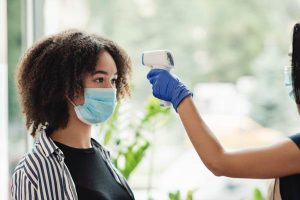
With the current Covid-19 pandemic we are paying particular attention to our normal cross-infection practices, but in addition, we are keeping the practice well ventilated (it may feel cold) and we use a special Fogging machine with Hypochlorous acid (HOCL) which is an all-natural antimicrobial agent made from salt and water by an electrolysis unit. Fogging of each surgery is carried out between patients after any treatment involving an aerosol.
To reduce aerosol production during procedures with the dentist we most often use a little device called a rubber dam —.50 this isolates the immediate teeth we are working with & protects the back of mouth. During hygienist treatment we are using an extra suction device outside of the mouth, this also reduces aerosol production.

The practice is owned & directed by Miriam Kenny and as the business owner and the principal healthcare professional, I am primarily interested in providing evidence-based dental healthcare. This means my priority is to help my dental patients to maintain their own natural teeth in a healthy mouth for their lifetime.
We can help improve your smile – we offer a range of options depending on what is most appropriate for you, from tooth whitening to composite bonding to ceramic veneers, crowns and bridges.

How Much do Dental X-Rays cost?
At Miriam Kenny Morehampton Dental Practice we aim to provide state of the art, quality affordable dental treatment to all.
It was with this in mind that we created our affordable dental plans, which helps us to keep your teeth, gums and oral health in tip-top shape.
With our Practice Plan, you will attend every 6 months with the hygienist and once yearly for your dental examination and have no fees to pay at these visits. The cost of these visits is covered by your monthly subscription – this is as low as €14.50 or €21, depending on whether you qualify for the “PRSI” benefit.
| Treatment | Member of maintenance plan | Non-member of plan |
|---|---|---|
| Examination | Included in plan | €70 |
| Hygienist Visit | Included in plan | €90 |
| Small X-ray | Included in plan | €45 |
| Large X-ray (OPG) | €60 | €60 |
Other Treatments you may consider
Regular dental check-ups are essential for the early diagnosis and treatment of oral diseases.
We offer dental hygiene services like professional teeth cleaning and polishing to prevent buildup of plaque.
Large cavities, tooth fractures/cracks, and bacterial entry under old restorations/fillings all call for a root canal treatment to save the tooth from being extracted.
A tooth may need to be extracted if it has undergone considerable damage due to decay, trauma or gum disease.
Habits like teeth grinding/clenching and/or TMJ (jaw joint) discomfort can result in tooth wearing and crack lines on the back teeth, contributing to severe sensitivity.
Severe tooth pain, injury to the face and/or mouth, a cracked tooth, a fallen out tooth, a tooth abscess or uncontrollable bleeding from the mouth; these are all dental emergencies that need to be taken care of at the earliest.
Decayed, broken down, chipped, or worn teeth can be fixed using dental fillings. “White fillings” resemble the colour and shade of natural teeth and can effectively restore their natural shape and look.




